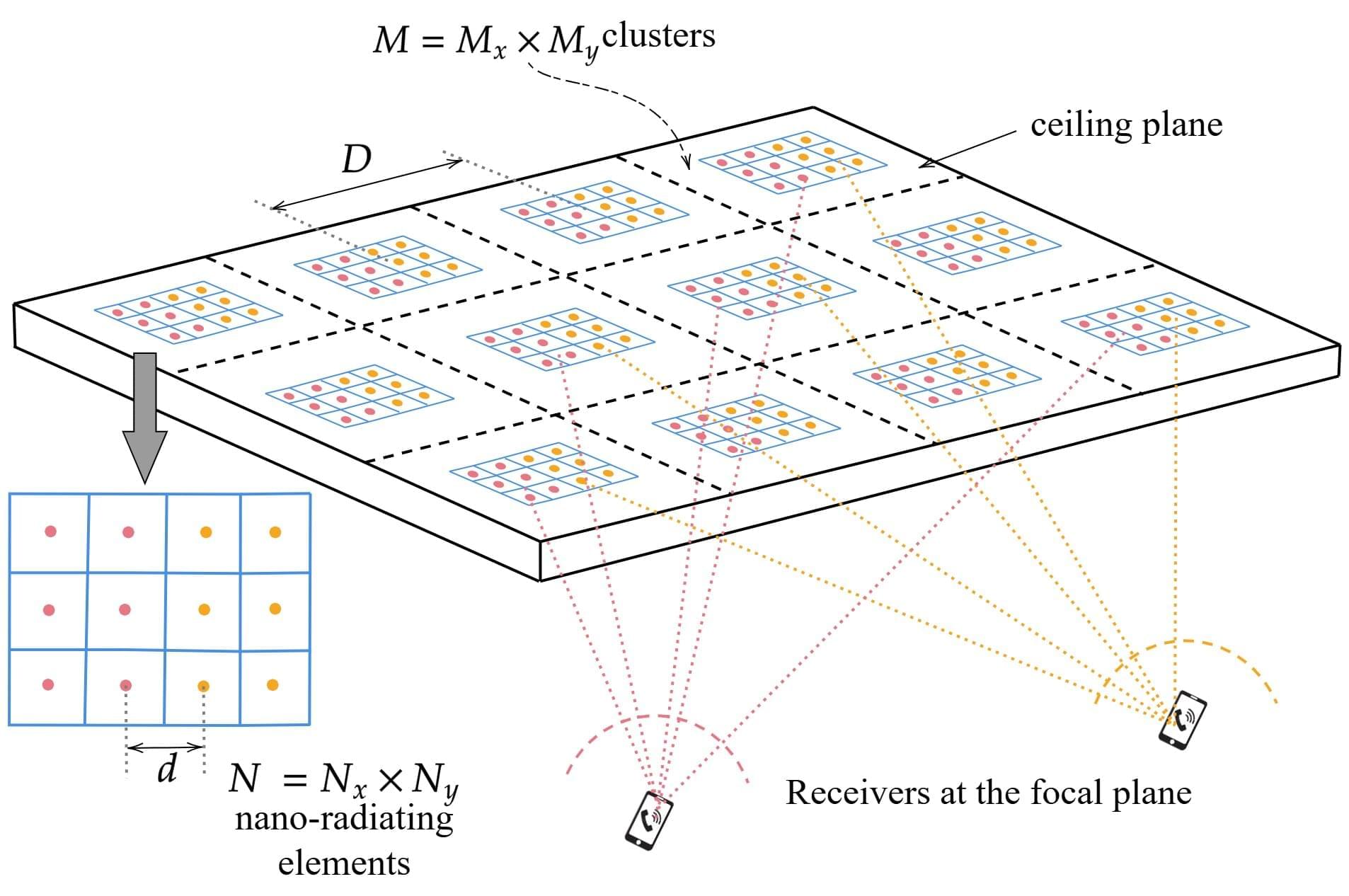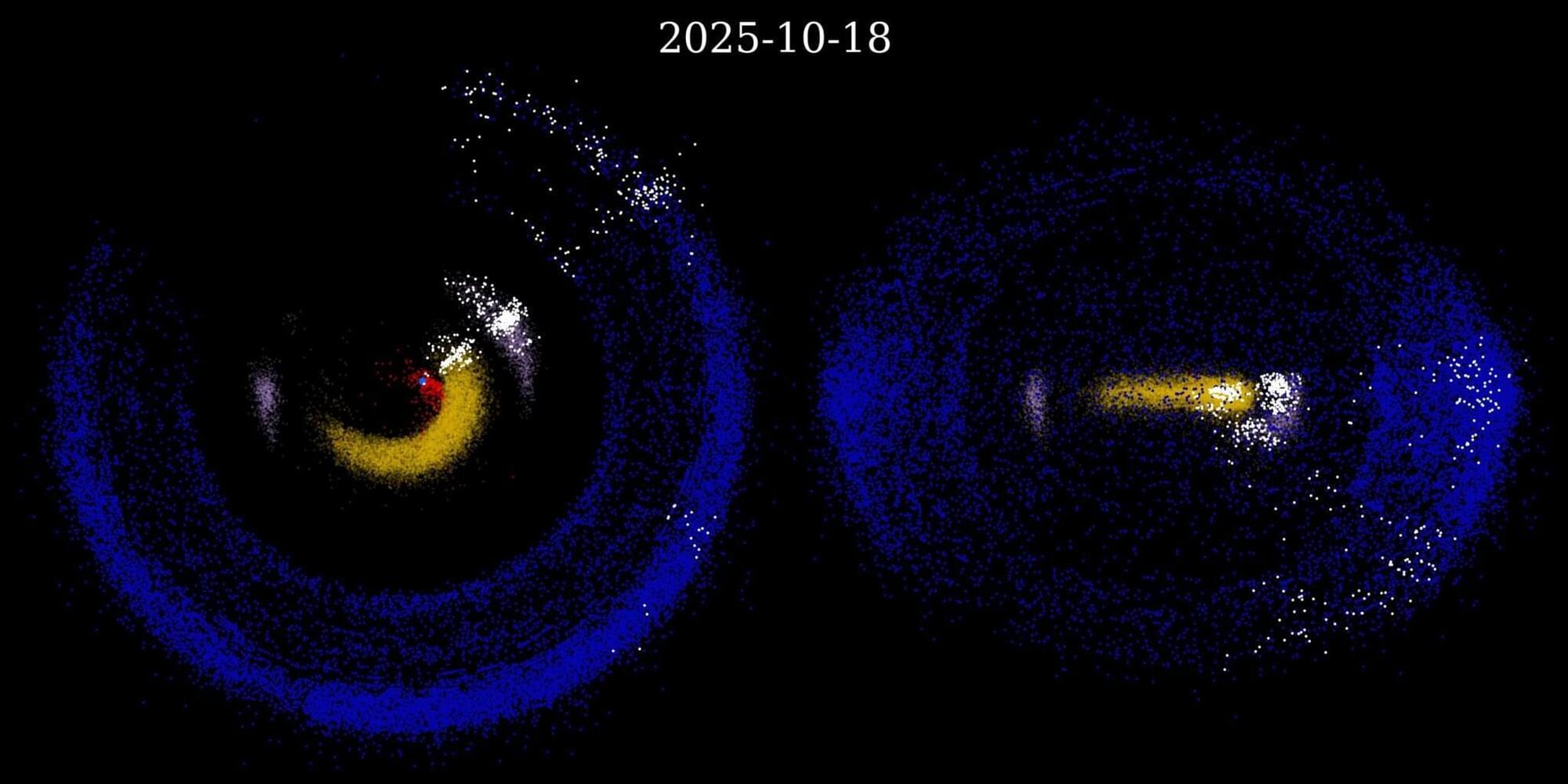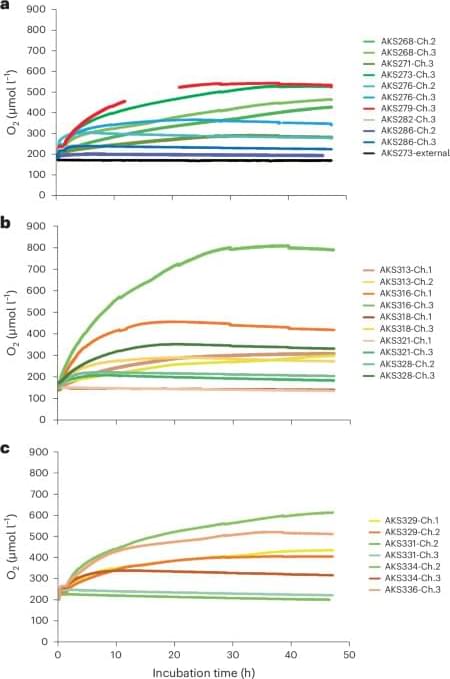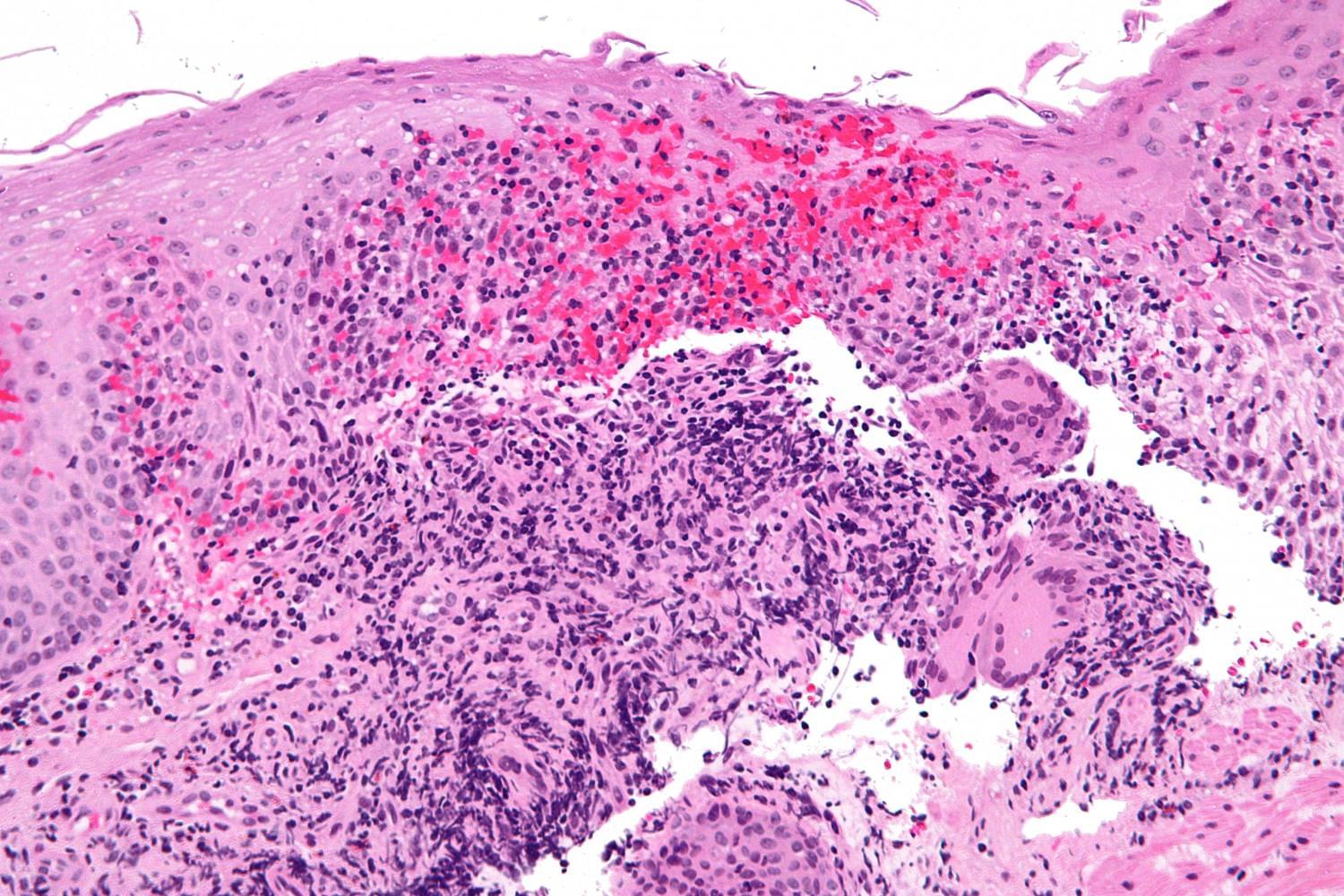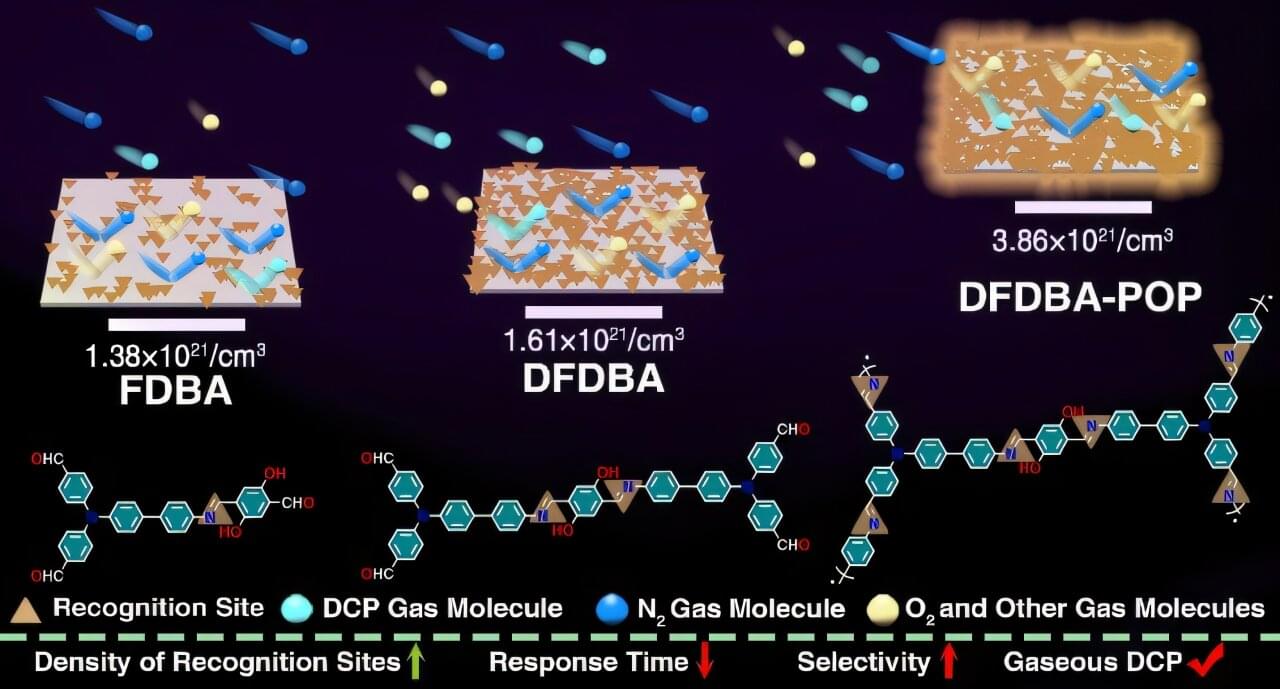Connectivity is no longer a luxury—it is the backbone of how we live, work and move through the world. From smart homes to wearable tech, we rely on strong, seamless wireless networks. But with traditional radio frequency systems like Wi-Fi and Bluetooth reaching their limits in spectrum and precision, it is time for a rethink. What if we could use light to communicate indoors—precisely, silently and efficiently?
That is the vision behind our latest research. We have developed a indoor optical wireless communication (OWC) system that uses finely focused infrared beams to deliver lightning-fast, interference-free connections—while drastically reducing energy use. Imagine a network where every device gets its own invisible beam of light, targeted like a spotlight, without the clutter and chaos of traditional wireless signals. Our research is published in the IEEE Open Journal of the Communications Society.
